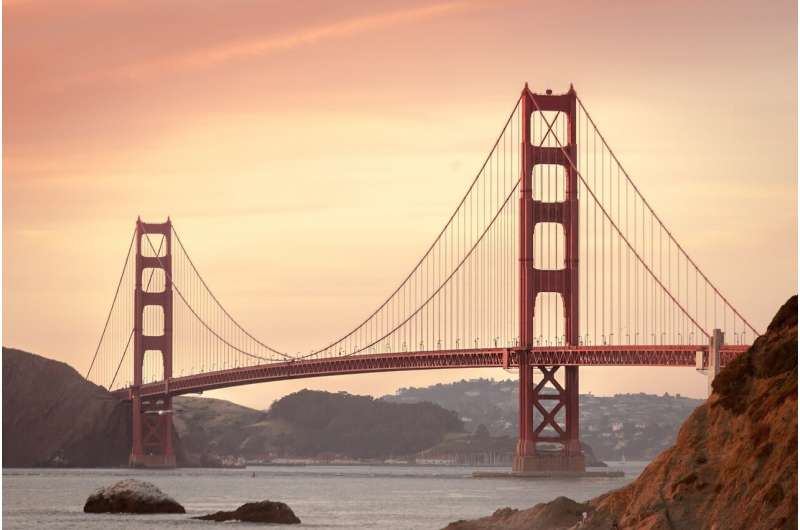California is failing to prepare for droughts

Climate change isn't a problem for the future. It's here, and California isn't remotely prepared to deal with the consequences.
The state's latest snowpack report makes that clear. The Sierra Nevada snowpack provides nearly one-third of California's water supply. On Tuesday it was at 63% of its historical average for that date. That's despite the heavy storms in October and December. The months of January and February were the driest in the state's recorded history, meaning Californians are facing a third consecutive year of severe drought.
A published Feb. 14 notes that the past two decades ranks as the driest 22-year period in at least 1,200 years in the American West. .
"Here we are 22 years into a bad drought, and because of climate change we are now surpassing the severity of megadroughts that have always been thought of as the worst-case scenarios," said Park Williams, an associate professor of geography at UCLA and lead author of the study.
The state Department of Water Resources acknowledged the need for action during a Sept. 14 to the California Water Commission, saying California should "expect by mid-2050s a 50% chance in any year to experience conditions like the 2012-2016 drought or worse."
Yet the state is doing far too little to address this reality.
California's water system is designed for a climate that no longer exists. Day by day, month by month, year by year, we are not keeping pace with climate change. The state's failure to address this fundamental crisis threatens our urban and agricultural future.
"If we don't change course and start making smart investments, we're going to be even worse off 10 years from now," says Doug Obegi, an attorney with the Natural Resources Defense Council.
Yes, Gov. Gavin Newsom and the Legislature allocated $5.2 billion over three years to deal with the drought. And he is seeking an additional $750 million more for water conservation programs, financial assistance for water agencies and grants for farmers to modify their operations. But that's a drop in the bucket to what's needed to fundamentally address California's challenges.
The Bay Area is woefully behind its Southern California neighbors when it comes to water conservation. It's time for the region's leaders to push for additional large-scale water recycling and storm water capture efforts at a scale large enough to meet our long-term needs.
But California can't hope to solve its water woes until it addresses its Big Ag issue. Farmers use about 75% of California's available water supply, much of it on almond and pistachio orchards that cannot be fallowed in dry years and for crops that are mostly sent overseas to India and China.
The situation holds many parallels to the oil industry. California's farmers are seeking to maintain the status quo, resisting inevitable change in order to cash in on highly profitable crops for as long as possible. If Big Ag isn't interested in adapting to the realities of climate change, Newsom and the Legislature need to take steps to help growers, landowners, farmworkers and the communities they live in move toward a more sustainable future.
It's time we acknowledged the degree of our water challenges. Serious, lingering droughts are the new norm for California.
© MediaNews Group, Inc.
Distributed by Tribune Content Agency, LLC.



















